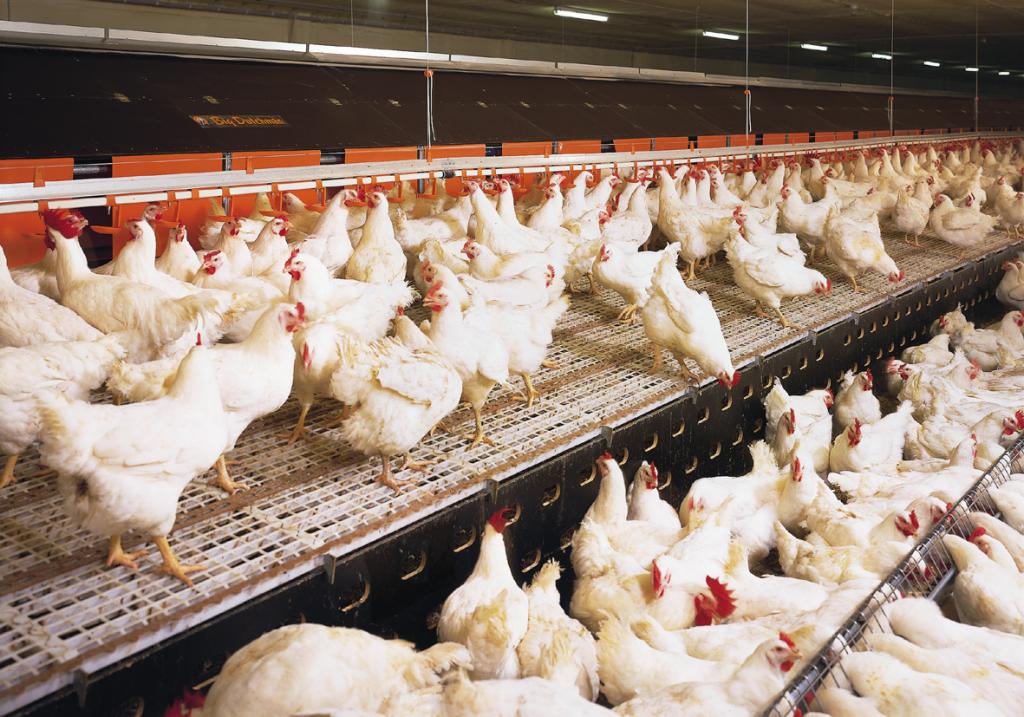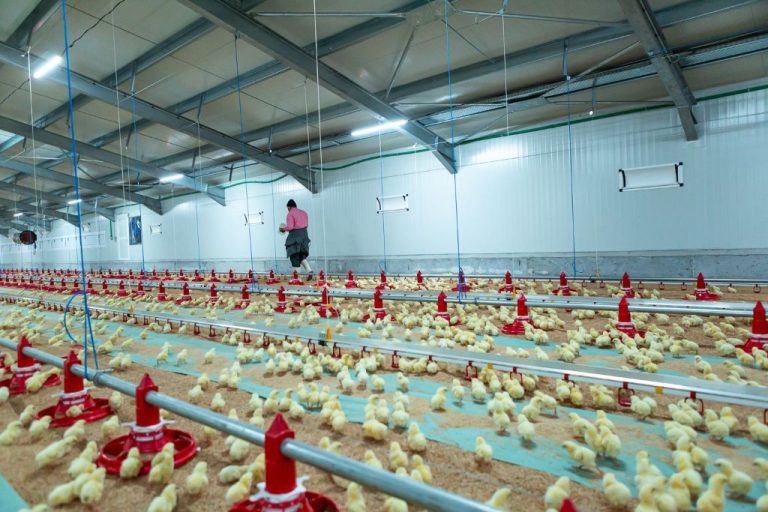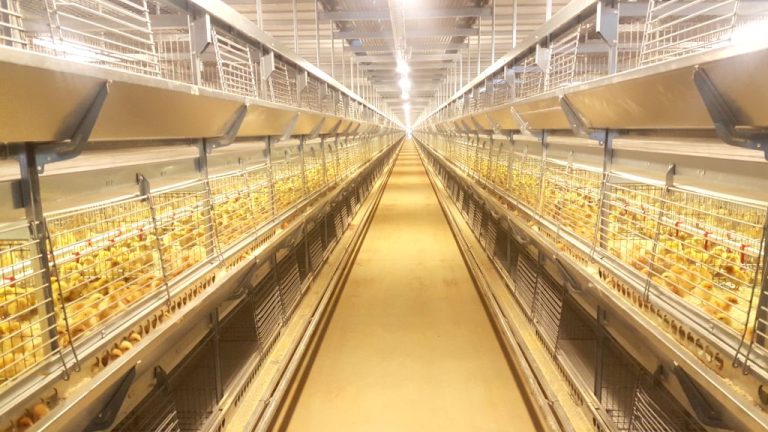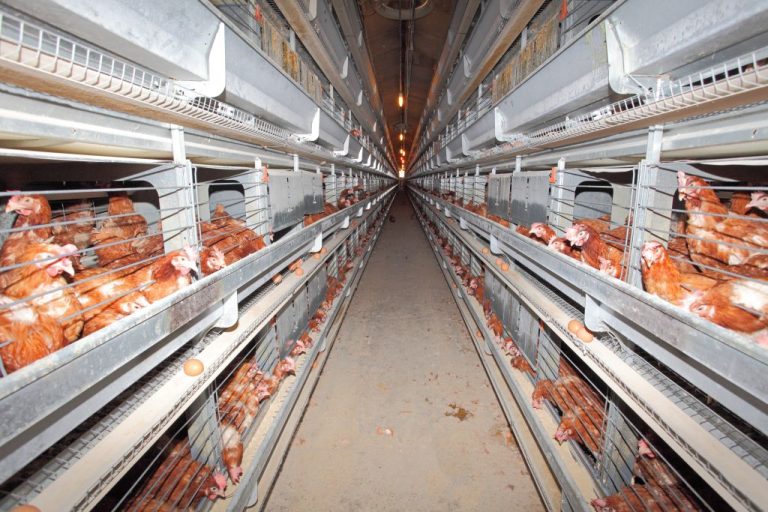Discussing the Importance of Animal Lighting

As a relatively new concept, animal lighting has gradually attracted people’s attention in recent years. Similar to lighting in human life, animal lighting not only provides light, but also plays a series of key ecological roles. From promoting the normal operation of the biological clock to affecting animal behavior, animal lighting has an important importance in the ecosystem that cannot be ignored.
Simulate natural light environment.
In artificial environments such as zoos and aquariums, animal lighting is an indispensable part. By simulating the natural light environment of animals, people can provide conditions more suitable for animal survival. This is critical to animal health, behavior and visitor experience within the park. Good animal lighting design is not only to illuminate the environment, but also to respect and meet the natural needs of animals.
Animal lighting is of great importance in maintaining ecosystem balance, promoting animal health and normal behavioral performance. People should pay more attention to the rationality and scientificity of animal lighting in animal breeding and artificial environment design to ensure that animals receive good living conditions, while also providing humans with a deeper awareness of animal learning and protection.
Maintain the normal operation of the biological clock.
The biological clock refers to a biological rhythm system naturally existing in organisms, which regulates the physiological and behavioral activities of organisms within a 24-hour cycle. Animal lighting plays a key role in this. For example, nocturnal animals are typically active at night and less active during the day. Reasonable animal lighting can simulate day and night changes, help animals maintain normal biological clock rhythms, and help them better adapt to the environment.
Influence on animal behavior and reproduction.
Animal lighting also has a profound impact on animal behavior. Some animal activities are related to light intensity and cycles. For example, nocturnal animals may be more active in dimly lit environments and move less during the day. Proper lighting can modulate an animal’s behavior to be more consistent with its ecological role. In addition, for some animals whose reproduction is controlled by photoperiod, good lighting conditions can also promote breeding activities and maintain the stability and health of the population.



